Infinity is back. Or rather, it never (ever, ever…) went away. While mathematicians have a good sense of the infinite as a concept, cosmologists and physicists are finding it much more difficult to make sense of the infinite in nature, writes Peter Cameron.
Each of us has to face a moment, often fairly early in our life, when we realize that a loved one, formerly a fixture in our life, was not infinite, but has left us, and that someday we too will have to leave this place.
This experience, probably as much as the experience of looking at the stars and wondering how far they go on, shapes our views of infinity. And we urgently want answers to our questions. This has been so since the time, two and a half millennia ago, when Malunkyaputta put his doubts to the Buddha and demanded answers: among them he wanted to know if the world is finite or infinite, and if it is eternal or not.
Recently we have heard again John Donne's words promising us that eternity consists of
"no noise nor silence, but one equal music;
no ends or beginnings, but one equal eternity."
Hard to imagine, and surely one equal music would soon become intolerable!
There are many approaches to infinity through the twin pillars of science and religion, but I will just restrict my attention here to the views of mathematicians and physicists.
Aristotle was one of the most influential Greek philosophers. He believed that we could consider "potential infinity" (we can count objects without knowing how many more are coming) but that a "completed infinity" is taboo. For mathematicians, infinity was off-limits for two millennia after Aristotle's ban. Galileo tried to tackle the problem, noting that an infinite set could be matched up with a part of itself, but in the end drew back. It was left to Cantor in the nineteenth century to show us the way to think about infinity, which is accepted by most mathematicians now. There are infinitely many counting numbers; any number you write down is a negligible step along the way to infinity. So Cantor's idea was to imagine we have a package containing all these numbers; put a label on it saying "The natural numbers", and treat the package as a single entity. If you want to study individual numbers, you can break open the package and take them out to look at them. Now you can take any collection of these packages, and bundle them up to form another single entity. Thus, set theory is born. Cantor investigated ways of measuring these sets, and today set theory is the commonest foundation for mathematics, though other foundations have been proposed.
___
If you toss a coin 100 times, it is not impossible (just very unlikely) that it will come down tails each time. But, if you could imagine tossing a coin infinitely often, then the chance of not getting heads and tails equally often is zero
___










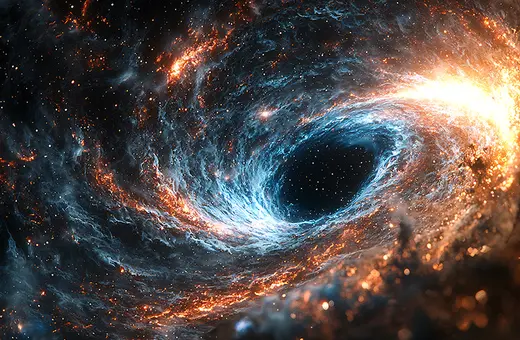
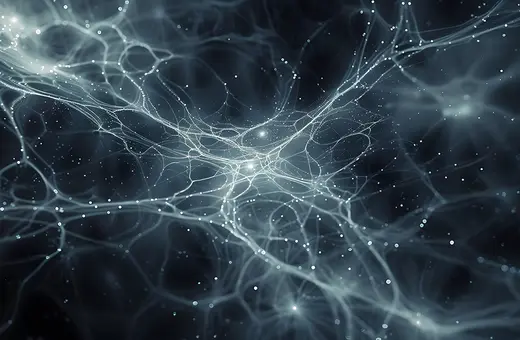
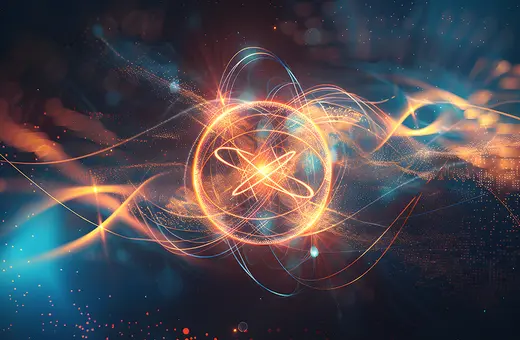
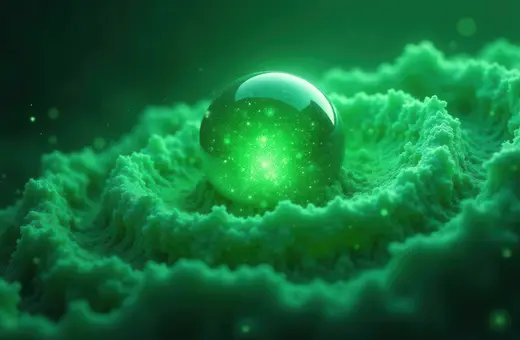
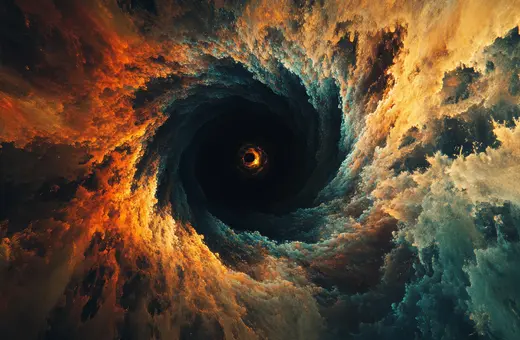

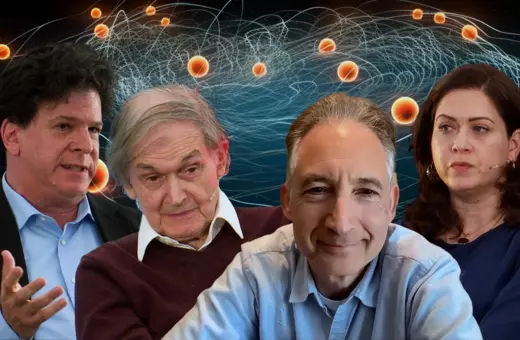



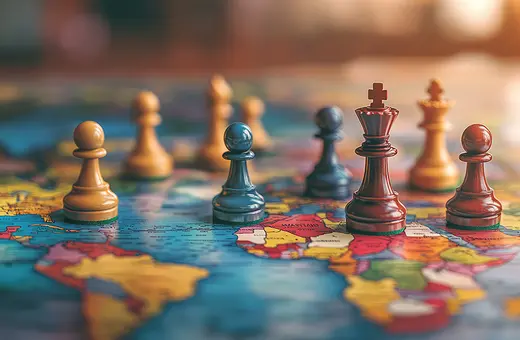
Join the conversation